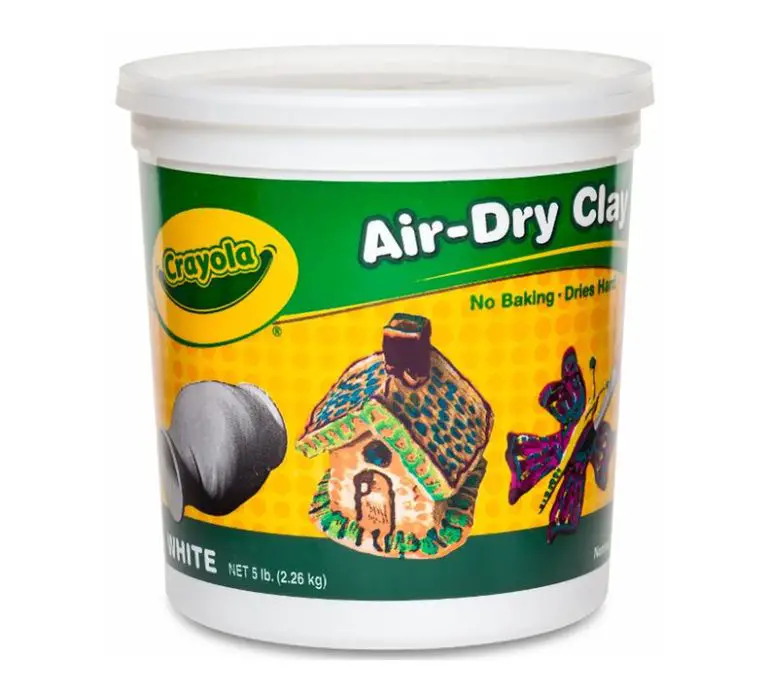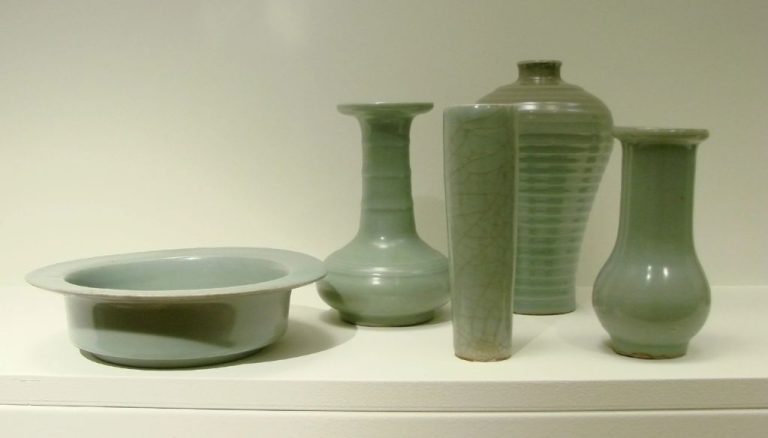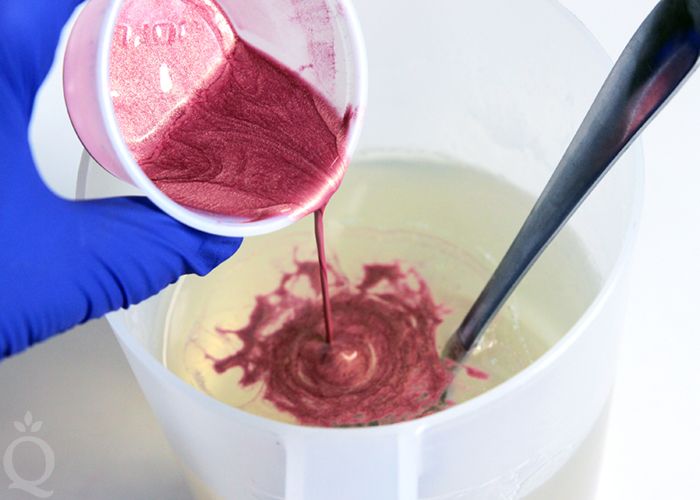What Should I Paint On Pottery?
Painting pottery has become an increasingly popular hobby and creative outlet for many people worldwide. According to a BBC article, the mindful craft of pottery has seen a major resurgence, with pottery painting cafes and studios popping up across the globe. There are many reasons people are drawn to painting pottery. It provides a fun, relaxing, and creative activity that produces a beautiful handmade item. The tactile experience of working with clay and painting is satisfying. Pottery painting also makes for an enjoyable social activity to do with friends or family. As a hobby, it enables personal expression through choosing colors, patterns, and designs. The simplicity, along with obtaining an attractive finished product, is part of what makes this craft so popular.
Choosing a Piece
When deciding what type of pottery to paint, consider factors like the shape, size, and whether the piece is glazed or unglazed. Smaller items like mugs and bowls are great for beginners, while larger plates, vases, and figurines allow room for more elaborate designs. Glazed pieces provide a smooth, glassy surface to paint on, while unglazed bisqueware has a more porous texture that absorbs paint differently.
Mugs are a very versatile surface to paint on. Their curved shape lends itself well to wrapping imagery and text around in a pleasing way. The interior and handle also provide additional surfaces for creativity. Bowls can be painted with designs on both the inside and outside. Their sloped sides and bottom provide opportunities for shading and illusion artwork.
For more confidence, start with smaller ware like mugs and bowls before moving onto larger items like dinner plates and vases. The less surface area to cover, the easier your first attempts will be. Once you’ve gotten experience with hand positioning and brush control, then scale up to bigger pieces.
Prepping the Surface
Before painting on pottery, it is critical to properly wash and clean the ceramic piece. Use warm soapy water and a soft cloth to remove any dirt, dust or oils from the surface according to The Spruce Crafts. Be sure to rinse thoroughly and allow it to fully dry.
Many ceramic painters recommend applying a primer or gesso layer before painting. Priming fills in small crevices and gives the paint an ideal surface to adhere to. For unglazed terracotta, a primer is essential to prevent the paint from being absorbed. Acrylic gesso is commonly used and can be applied with a paintbrush according to Classpop. Allow the primer to dry completely before painting.
Selecting Paints
When it comes to paint for pottery, you have several options to choose from. Three of the most popular paint types are acrylic, enamel, and glaze paints. Each has its own advantages and best uses. Acrylic paint is versatile, easy to use, and fast-drying. It works well on both bisqueware and glazed surfaces. Acrylics allow you to build up layers of color and create texture. Enamel paint provides a glossy, durable finish. It adheres best to raw, unglazed clay. Glaze paints are specifically formulated for pottery to be fired in a kiln. They melt and fuse with the clay at high temperatures to create a glass-like coating.
In terms of brushes and tools, you’ll want a variety depending on your techniques. For covering large areas, a wide flat or bright brush works well. Detail brushes allow you to paint fine lines and textures. You may also want a liner brush for calligraphy or lettering effects. Sponges, rubber stamps, and palette knives can be used to create interesting textures and patterns. It’s helpful to have a basic painting palette for mixing paints as well as containers for water to rinse brushes.
Inspirational Ideas
When deciding what to paint on pottery, it helps to draw inspiration from themes and motifs that resonate with you. Some classic inspirations include:

Floral and Nature Motifs
Painting flowers, leaves, trees, and other elements from nature is a timeless way to decorate pottery. You can paint stylized flowers like roses and tulips or create patterns with repeats of leaves, branches, and vines. Painting natural scenes with landscapes, sunsets, or animals is also popular. Keeping your palette bright and cheery with spring-like pastels is an uplifting approach.
Geometric Patterns
Geometric designs like chevrons, zigzags, dots, stripes, and abstract shapes make a modern statement on pottery. Try repeating patterns around the exterior or dividing sections into different graphics. Black and white patterns have a clean, graphic look. Metallic paints in geometric patterns add glamour and sophistication.
Pop Culture References
Paint pottery inspired by your favorite TV shows, movies, music artists, games, books, and other pop culture you love. Recreate logos, taglines, or iconic imagery that represent your fandoms. Use colors associated with the brand or characters. Quotes and inside jokes related to pop culture also look fun and playful on pottery.
Recreating Famous Art
Try your hand at pottery painting inspired by famous works of art. Replicate a Van Gogh painting like Starry Night in your own style, paint Picasso-esque abstract faces, or appropriate Warhol’s pop art style. Masterpieces can inspire color palettes, textures, subject matter, and new interpretations translated onto pottery.
Technique and Process
When painting pottery, having a plan for your technique and process can help lead to better results. Here are some tips on the key steps for painting pottery:
Sketching out a design beforehand can be very useful. Making a quick sketch with pencil allows you to visualize how the final painted piece will look. It also gives you a guide to follow as you paint. Be sure to lightly sketch so it can be erased later.
Applying base coats and shading helps build up the structure and form. After sketching, paint 1-2 base coats of the main color(s) to evenly cover the bisque. Then use shading with darker colors in shadow areas to add dimension. Lightly layer colors, blending out edges.
Pay attention to your brush strokes. For smoother areas use gentler strokes. Quick, flicking motions work well for textures like fur or scales. Stippling (dotting) the brush creates a mottled look. Explore different strokes and mark-making for interest.
Following these techniques for sketching, shading, and intentional brushwork will elevate your pottery painting process. With practice, you’ll gain skill in blending colors and creating textures.
Common Mistakes
When learning to paint pottery, it’s easy to make some common mistakes. Being aware of these can help you avoid frustration and create better finished pieces.
One frequent error is applying paint too thick. It’s important to use thin, even coats of paint. Thick paint is more likely to crack and peel when fired. Multiple thin layers will give better coverage than one thick coat. Let each layer dry fully before adding the next.
Another mistake is not properly cleaning the bisque surface before painting. Any dust, oils, or debris left on the raw ceramic can prevent paint from properly adhering. Be sure to wash pieces thoroughly with soap and water. You can also use rubbing alcohol to remove any remaining oils or grease.
It’s also easy for beginners to end up with sloppy edges around their designs. Try using painter’s tape to create crisp borders and straight lines. Tape off any areas you want to keep paint-free before starting. You can also use a liner brush for extra control when edging detailed areas.
Following the fundamentals of ceramic painting will help you avoid these common frustrations. Taking the time to correctly prepare your pottery and master basic techniques will lead to better finished pieces you’ll be proud to display.
Finishing and Sealing
After painting your creation, you’ll want to let it thoroughly dry before applying any sealant. Most acrylic paints will be dry to the touch within 1-2 hours, but may take 24-48 hours to fully cure and harden. Let your painted pottery dry for at least 48 hours before sealing, as applying sealant to tacky paint can cause issues.
Once fully dry, you’ll want to seal the painted pottery to protect it from weather, moisture, and potential chipping or fading over time. There are several good options for sealing painted pottery:
- Polyurethane – Clear gloss or satin water-based polyurethane provides excellent protection for outdoor use. Make sure to use an outdoor-rated version. Apply 2-3 thin coats allowing drying in between.
- Mod Podge – Can be used for indoor or outdoor pieces. Look for outdoor or dishwasher-safe formulas for outdoor durability. Apply 2-3 coats.
- Spray acrylic sealer – Quick-drying acrylic spray sealants help protect painted finishes on ceramic, terra cotta, and more. Make sure to use one formulated for outdoor use.
- Epoxy resin – Provides a thick, glossy, and highly protective coating. Best for small indoor pieces.
Test sealants in an inconspicuous area first, as some can cause paint to wrinkle or react. Read instructions carefully and allow proper drying time between coats for maximum durability.
Displaying Your Creation
Once your pottery is complete, you’ll want to proudly display it in your home. Consider coordinating your pottery with your existing decor for a cohesive look. An earthy pottery vase looks lovely on a wood table against a neutral wall. Or showcase your colorful handmade mugs together on open shelves with other brightly glazed ceramics.
Get creative with your display to make your pottery a true focal point. Hang plates or bowls on the wall in a geometric design. Arrange various sized vases and pots on a console table or mantle for an eclectic look. Stack plates or bowls on a bookshelf to add visual interest. Use pottery pieces to hold practical items like utensils, plants, candles or bathroom accessories.
Display pottery collections together for big impact. Group items by color, like all blue and white pottery on a vintage dresser. Or cluster pieces with a similar shape or pattern. Adding risers or varying heights can add dimension. Use decorative trays or placemats to highlight special pieces. With so many possibilities, you’re limited only by your imagination in finding unique ways to show off your handcrafted pottery creations. For more display inspiration, check out this article.
Conclusion
In summary, pottery painting can be a fun and fulfilling hobby. Choosing the right piece and prepping the surface are key first steps. With quality paints, there are many inspirational ideas to ignite your creativity, using proper technique to avoid common mistakes. Once complete, a beautiful handmade pottery piece can be displayed and cherished after sealing and finishing. The joys of painting pottery include unleashing your imagination, connecting more deeply with art, honing a new skill, reducing stress, and creating lasting memories and mementos. With some guidelines and passion, anyone can tap into the many rewards of painting their own pottery.





